The Vittoriano was created according to the wishes of the Italian government. In the aftermath of the death of Victor Emmanuel II, in 1878, the prime minister decided to build a monument in Rome to celebrate the king and, through the king, the process of the Risorgimento.
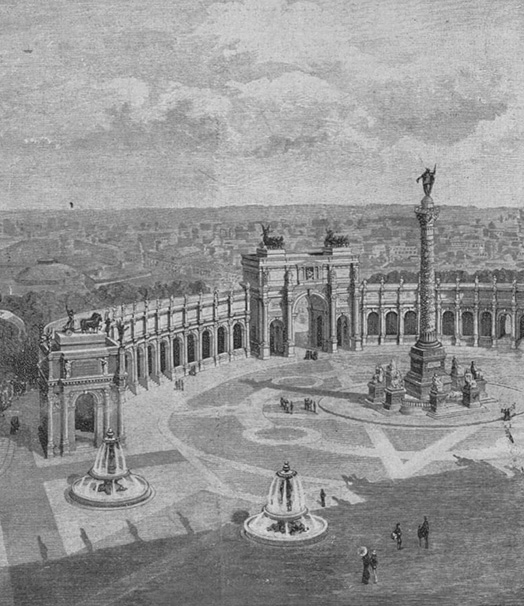
The Italian government, presided over by the leader of the historical liberal party, Agostino Depretis (1813-1887), immediately started work on legislation regarding the construction of a monument to Victor Emmanuel II in Rome. The law was passed on 16th May 1878, less than four months after the king’s death.
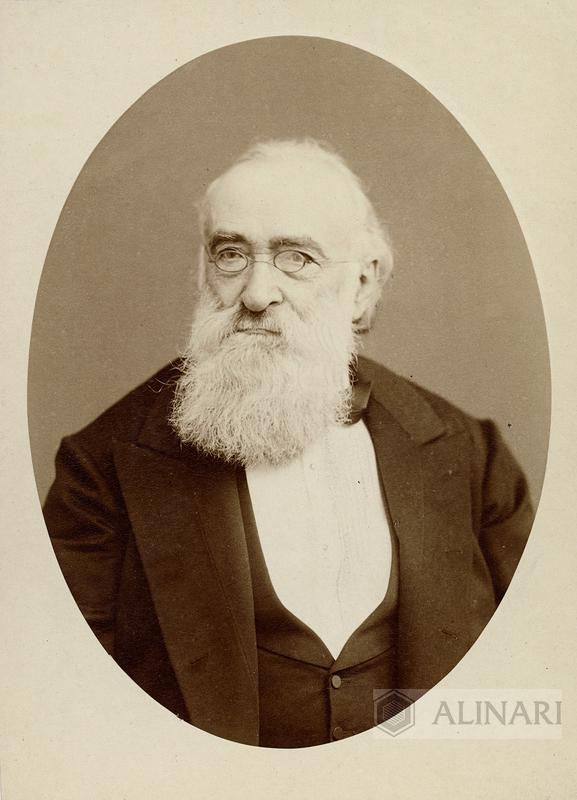
Portrait of Agostino Depretis
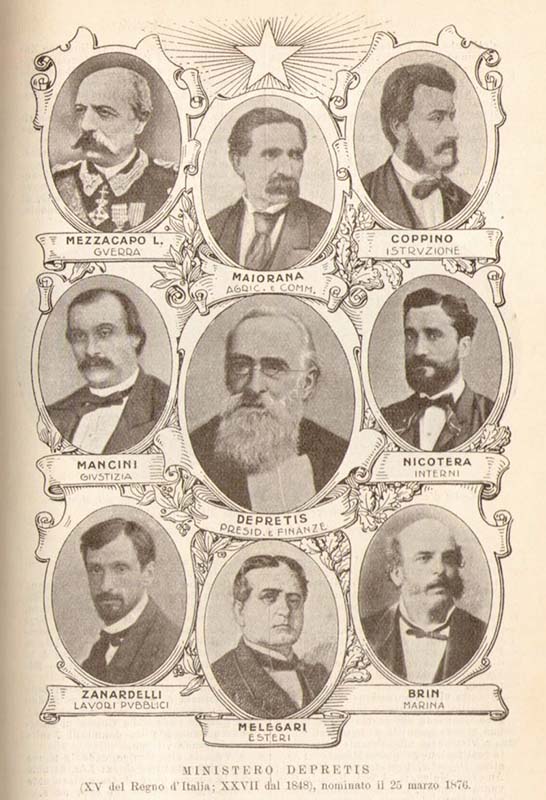
Ministers of the Depretis I Cabinet, 1876
On 23rd September 1880 the competition to choose the project was published: the announcement omitted to specify the shape of the monument and the place in Rome where it should stand. In the absence of these data, the 311 competitors developed extremely varied and sometimes imaginative proposals. This first competition was won by the project of Frenchman Henry-Paul Nénot (1853-1934) who suggested a large commemorative column, erected in the centre of an exedra in Piazza Termini, today's Piazza della Repubblica.
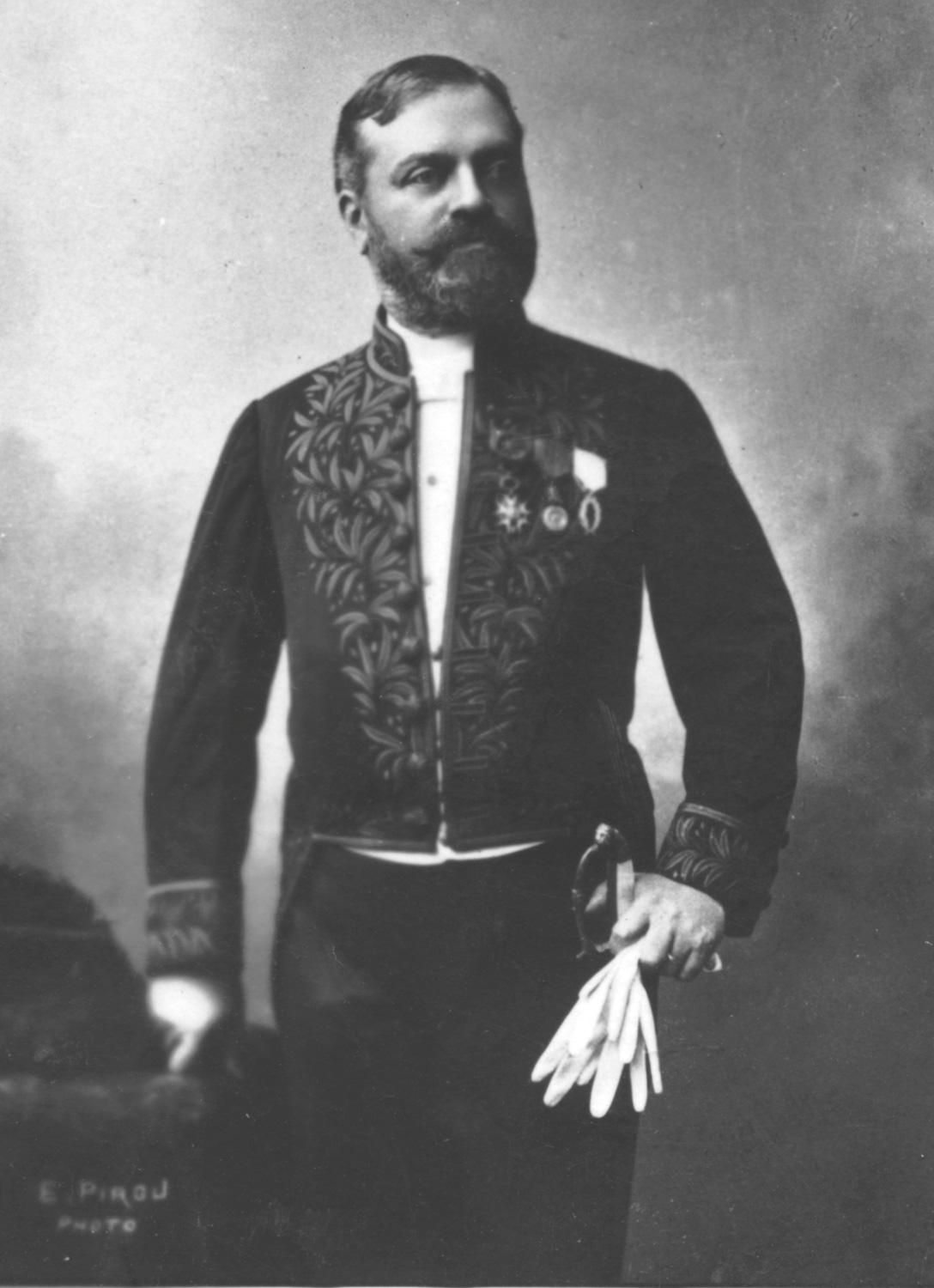
Henri-Paul Nènot
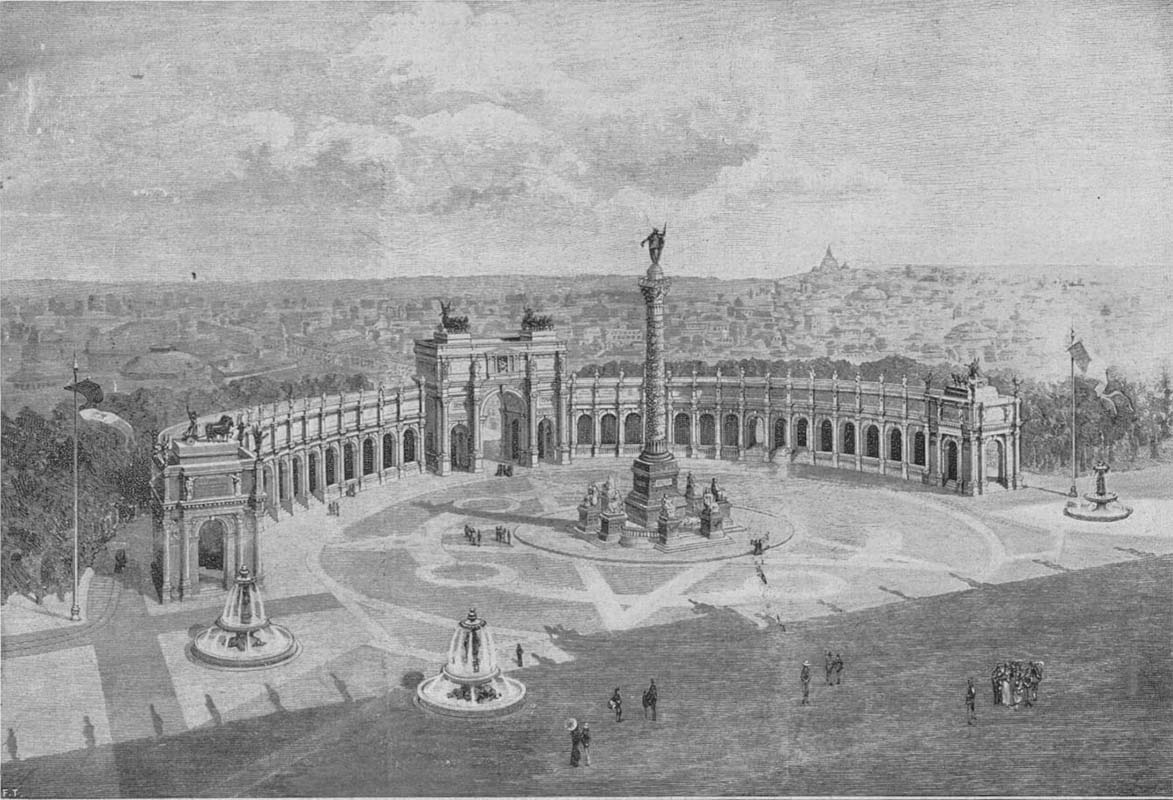
Winning project of the first competition by P.H. Nènot, L’Illustrazione italiana, 1911 - BIASA
A set of factors, not least the changed political mood, led to the dismissal of Nénot's project, even though he was the winner of the first competition. On 18 December 1882, a second, much more precise, competition was published: the monument was to be located on the Capitoline Hill and should take the form of an equestrian statue of the king with an architectural backdrop. In 1884 the Royal Commission proclaimed that the project by Giuseppe Sacconi (1854-1905) was the winner.
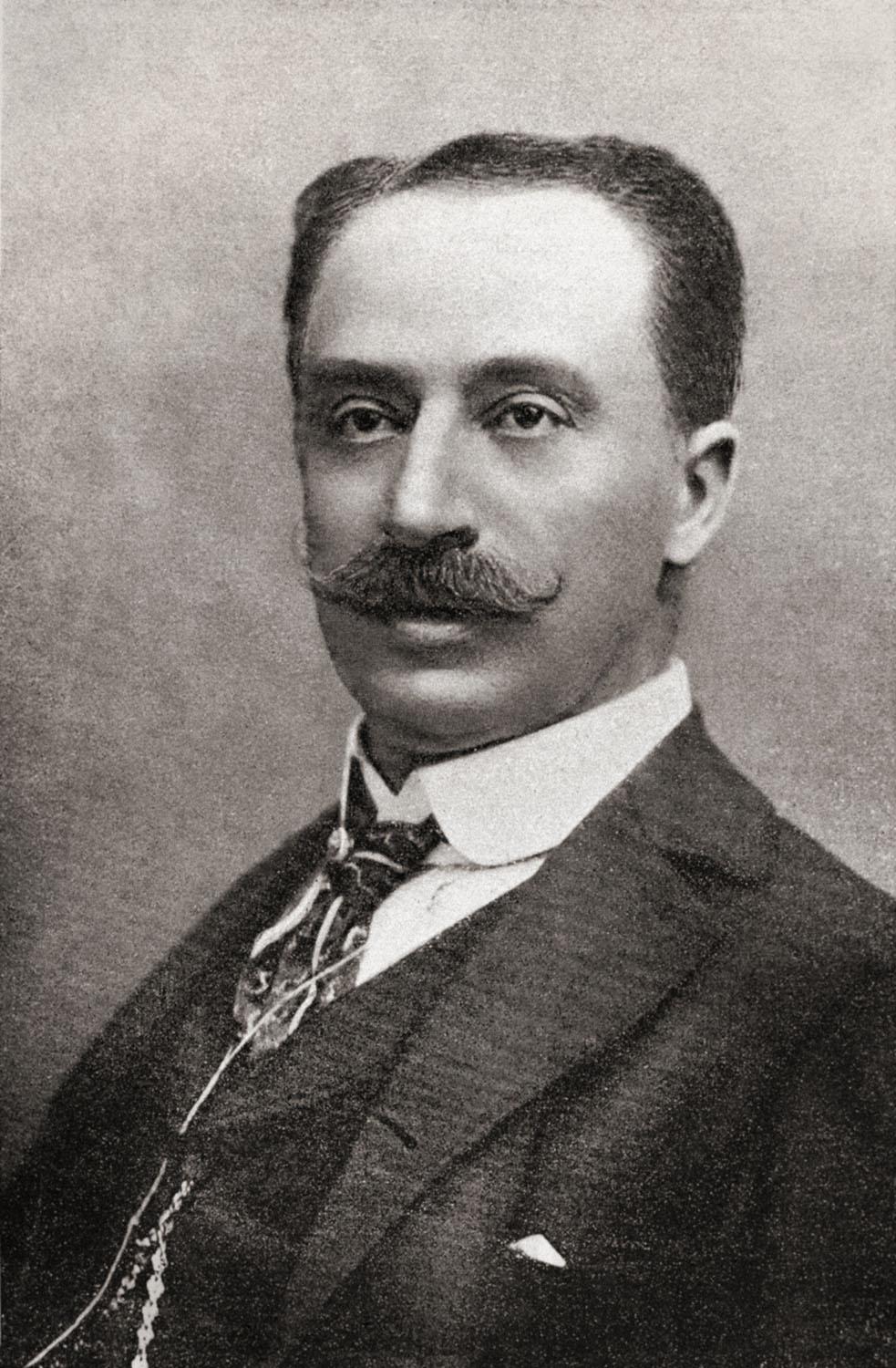
Portrait of Giuseppe Sacconi, Gilardi Photo Library
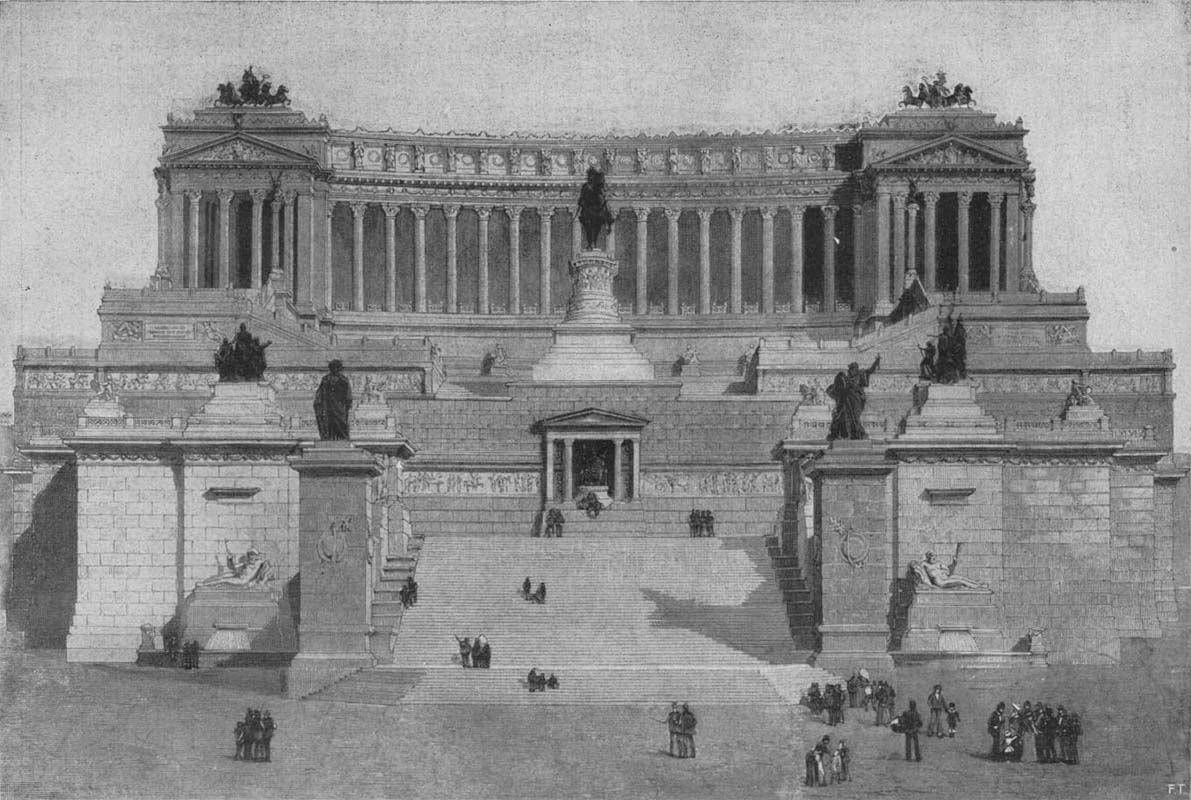
Project by Giuseppe Sacconi, L’Illustrazione italiana, 1911 - BIASA
The Vittoriano is the largest and most important of the monuments erected to honour and remember Victor Emanuel II, the first King of Italy. From the very beginning, this memorial exemplified the values of unity and liberty of the Country. In 1921, the central part of the monument, called Altar of the Fatherland, would have housed the Tomb of the Unknown Soldier to honour the memory of those killed in the First World War.
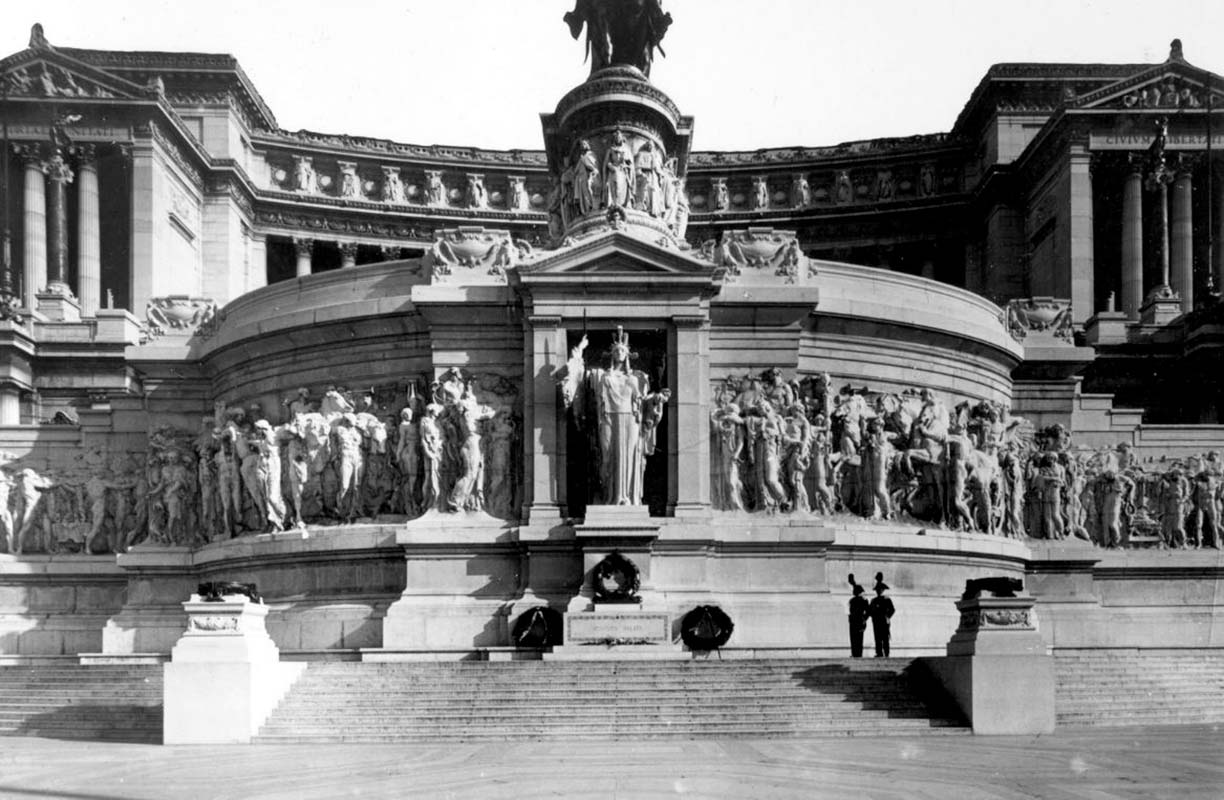
Altar of the Fatherland with the Tomb of the Unknown Soldier at the centre, 1920s
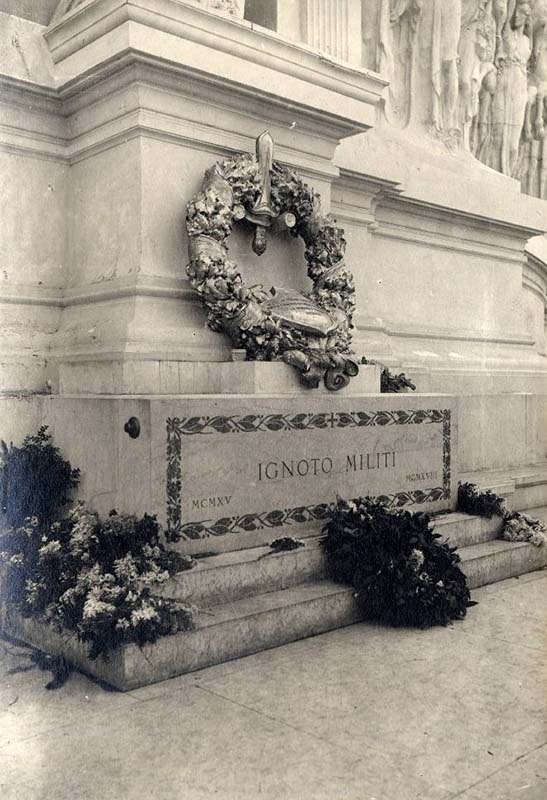
Tomb of the Unknown Soldier on the Altar of the Fatherland, 1920s